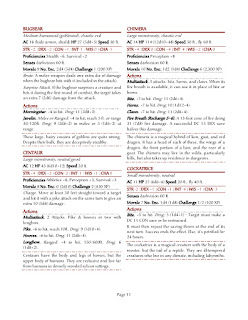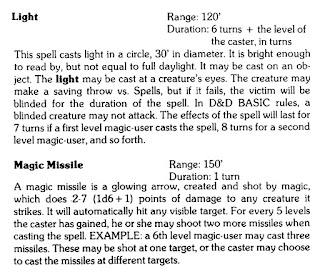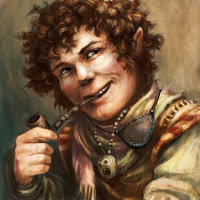Into the Unknown is now available in print & pdf

Into the Unknown is an Old School game that seeks to blend the Basic & Expert rules and style of play of the '80s with the current 5th edition ruleset of the world's most popular roleplaying game. Get it here in print and pdf! (Also, Pick up your free character sheet here ) What does the Game have? The game is divided into five digest-sized booklets, optimized for use at the gametable: Book 1: Characters holds all you need to quickly create a new character (52 pages) Book 2: Playing the Game has all the essential rules for players to get going (28 pages) Book 3: Magic is strictly for those players whose characters are spellcasters (54 pages) Book 4: Running the Game has everything a Game Master needs for running old-school games (85 pages) Book 5: Monsters holds a selection of ready-to-use critters, complete with morale scores and treasure types (65 pages) These are all laid out and edited to be as quick to scan and...












